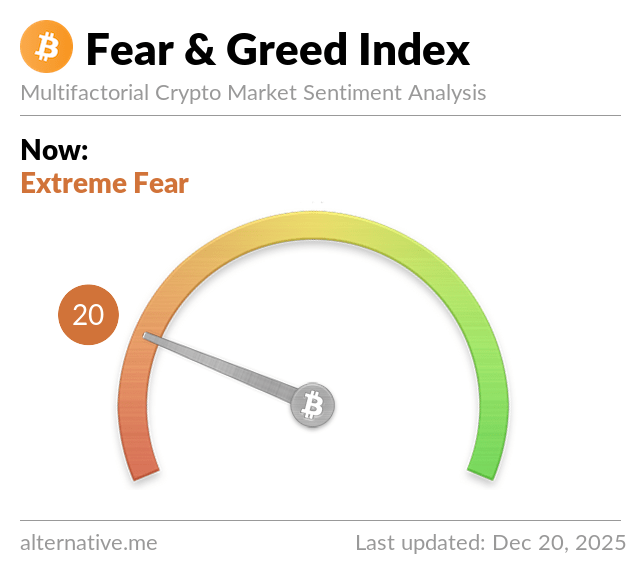The cryptocurrency market has experienced significant turbulence since Donald Trump assumed the presidency of the United States and began his term at the White House. Many crypto enthusiasts anticipated that Trump’s leadership would usher in a new era of skyrocketing prices for digital currencies, but these hopes have largely been dashed due to escalating trade tensions. In the first quarter, nearly every major cryptocurrency experienced a downturn attributed to these global trade issues.
However, there was a glimmer of hope in the second quarter as the United States and the United Kingdom emerged as the first to negotiate a trade deal. This optimism reignited interest in cryptocurrencies, pushing Bitcoin (BTC) to surge by $112,000 amid heavy institutional buying. Ethereum (ETH) also saw its price reach $2737, while XRP climbed to $2.64. Unfortunately, a recent update from Trump’s Truth Social revealed that trade discussions with the European Union are “going nowhere,” leading to immediate shockwaves in the cryptocurrency market. Bitcoin quickly plunged below the $108,500 mark, Ethereum fell to approximately $2510, and XRP slipped to $2.31.
The pressing question now is whether the second quarter will mirror the dismal performance of the first or if this is merely a temporary setback. Read on for insights into the current landscape.
Trump Announces a 50% Tariff on June 1st: Reasons Behind the Decision
In a brief but impactful statement, Trump criticized the European Union, labeling it as “established to exploit Americans” and alleging that it is designed to take unfair advantage of the U.S. in trade dealings. He expressed frustration at the EU’s reluctance to negotiate fairly, noting that trade barriers, corporate penalties, and VAT taxes have resulted in a staggering trade deficit exceeding $250 billion annually.
In light of these frustrations, Trump has advocated for an immediate increase in tariffs to 50%, set to take effect on June 1. He stated that if the EU wants to manufacture goods in the U.S., the tariffs would be waived.
This abrupt hardline stance poses a potential disruption to already fragile market conditions, especially after recent reconciliatory efforts aimed at improving relations with China, which had contributed to some stability in global markets. The renewed bearish sentiment following Trump’s announcement has implications across various sectors, particularly in cryptocurrencies.
Bitcoin (BTC)
Despite the immediate challenges, Bitcoin’s long-term trajectory appears bullish, supported by solid fundamentals and growing institutional interest. However, its current price sits at around $108,716, near its all-time high, with uncertainty looming due to tight supply in that region.
If this supply zone is breached, a pullback to the $100,000 mark could be likely. Additionally, the Relative Strength Index (RSI) indicates caution, as it is retracting from an overbought state at 68.19.
Ethereum (ETH)
Ethereum faced a downward trend at the beginning of 2025, encountering a significant volume profile resistance at $2710 in Q1. Despite attempts to break this level as prices surged in Q2, the continued detriment of rising EU tensions has added to the current uncertainty.
If Ethereum breaks below its swing low at $2330, a further decline toward the $2100 support level could occur. Therefore, exercising caution and avoiding reactive trading is advisable until a clear breakout occurs.
XRP (XRP)
The price of XRP has also been negatively influenced by Trump’s recent trade announcements, dropping slightly throughout the day. The future of XRP remains uncertain; if trade tensions escalate, XRP may experience downward pressure similar to other cryptocurrencies.
XRP has been aligning with a volume profile established in Q4 2024, and its current price hovers around that critical level. Should XRP break below this threshold, the next support level to watch is $2.06—losing this could lead to an accelerated drop.
Conversely, if XRP can break through its high-volume profile level, it may set a new target at $3.40.











